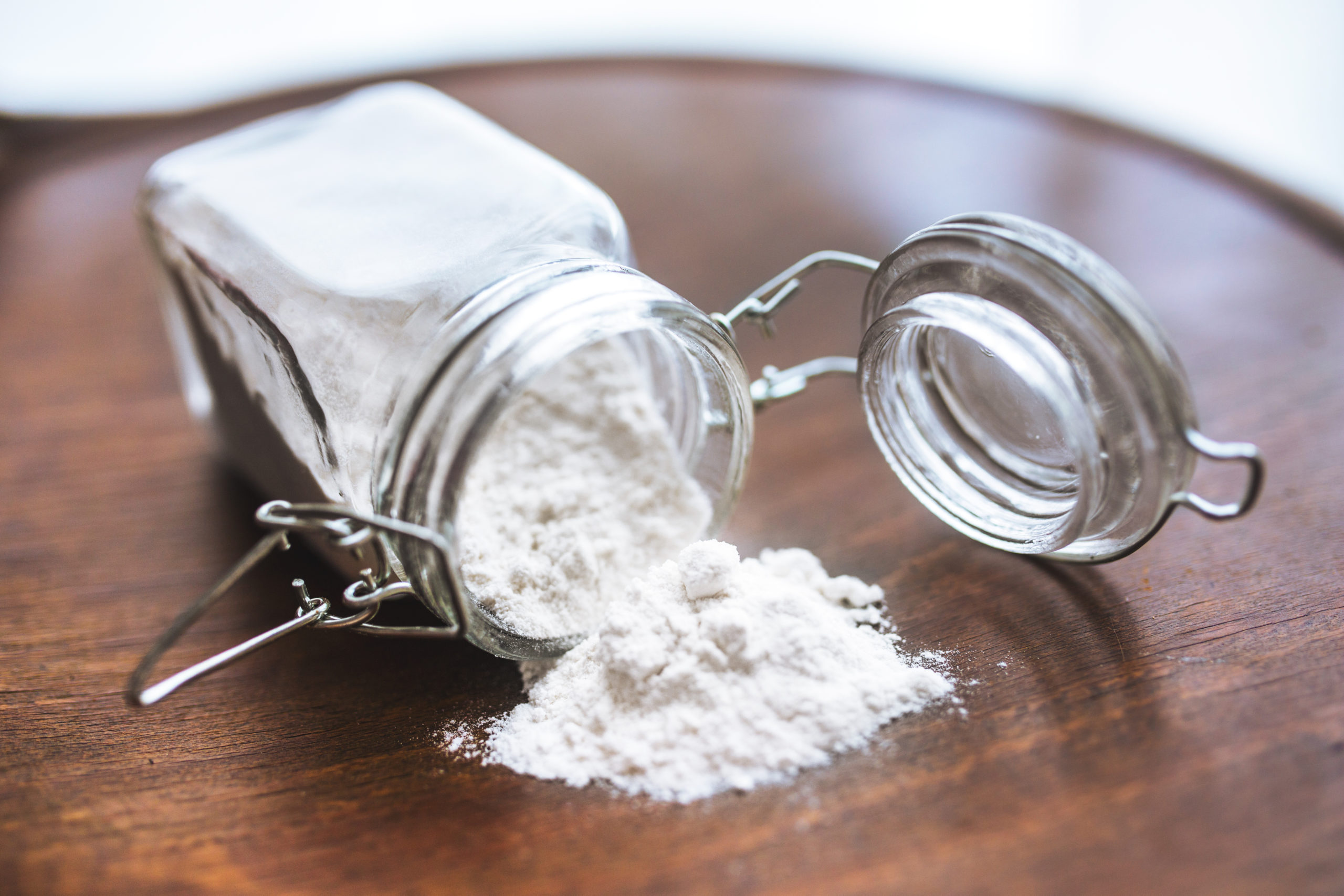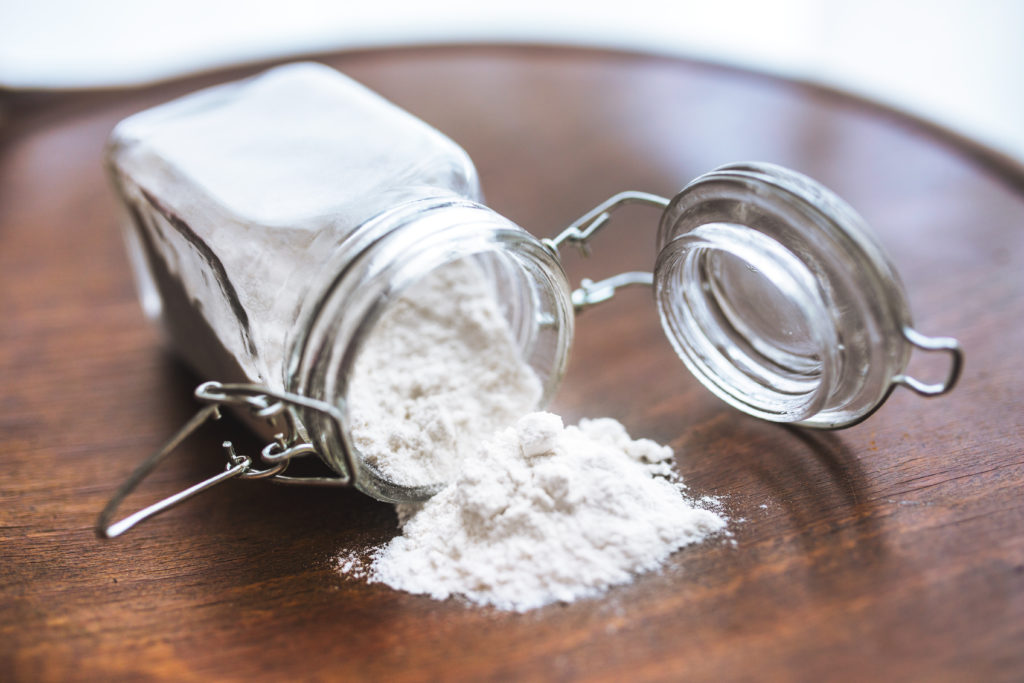How to make your own flour

It’s a common picture these days. Shelves stripped, not just of toilet paper roll and pasta, but of a random selection of staples: dried pulses, washing-up sponges – and flour.

Why are people panic-buying flour? Honestly, I doubt that very many people really panic-buy flour. With bakeries closed and a mindset that has luckily to shifted: I got to stay home, bread and other pastries are hard to get. What to do? Well, of course, DIY.
As this situation is likely to last a good while longer, I’ve stopped worrying about buying flour and switched to ordering wheat berries instead. DIY flour.

While I started with wheat whole grains, you can of course make every kind of flour your heart desires:
- Millet flour
- Almond meal
- Spelt flour
- Rice flour (check out these amazing sesame cauliflower florets)
- Garbanzo flour (check out these yummy falafel)
What do you need?
- A coffee grinder or a high-speed blender.
- Fine sieve or muslin

A coffee grinder is good enough to make flour from some items, such as soft grains, seeds, and flakes. Sift anything ground in a coffee grinder through a fine sieve to remove chunky pieces.
I prefer the easy and quick way using a high-speed blender. As a general rule of thumb, if you can grind it in a coffee grinder, you can grind it in a blender/food processor.
How do you grind your berries?
Add the wheat berries or whatever grain you’re using to your high-speed blender and get started. Grind until a fine meal is achieved. Use a fine sieve or muslin to remove remaining coarse parts.
Congratulations! You may now call yourself a miller because you just made flour!
How much flour will you get?
A cup of wheat kernels will give you just under 2 cups of flour and a pound of wheat produces about 4 and a half cups of flour
You simply put the whole wheat into the grinder and grind away until you have the amount of flour you’re looking to get.

Recent Comments